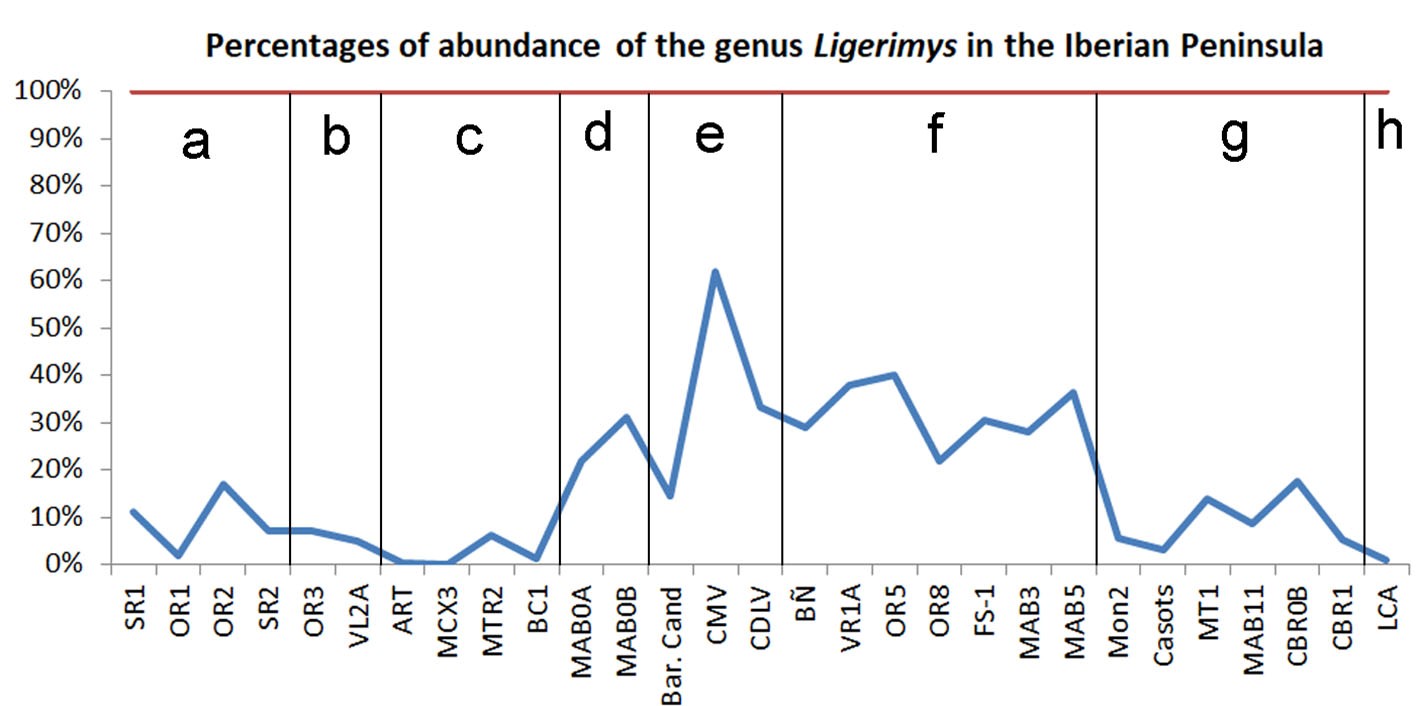EOMYIDS FROM THE RIBESALBES-ALCORA BASIN (EARLY MIOCENE, IBERIAN PENINSULA) AND THEIR BIOSTRATIGRAPHIC AND PALAEOECOLOGICAL IMPLICATIONS.
DOI:
https://doi.org/10.13130/2039-4942/16131Keywords:
Eomyidae; Rodents; Biostratigraphy; Aragonian; Paleoecology; biochronology; Spain.Abstract
Two species of the family Eomyidae are identified in the Early Miocene localities of the Araia d’Alcora outcrop (Ribesalbes-Alcora Basin, Iberian Peninsula): Ligerimys florancei and Ligerimys ellipticus. The first is rarer than the second, which is one of the most abundant mammals in the Ribesalbes-Alcora Basin assemblages. Due to its abundance, we are able to describe its variability in dental morphology, showing characteristics never previously observed, including the presence of a mesoloph or other features previously described only in ancient assemblages of this species, such as the presence of the anteroloph, which appears in younger assemblages in the Araia sequence. Furthermore, based on the eomyids, we divide the record of the Campisano Ravine section into two long local biozones, depending on the species present. In addition, each local biozone is divided into two smaller sub-biozones, depending on the abundance of each species. We retrospectively compare and correlate the assemblages studied here with other Ligerimys assemblages from the other basins in the Iberian Peninsula. We classify these sites based on the abundance and species of the genus Ligerimys. Additionally, we discuss the palaeoecological preferences of these species
Metrics

Downloads
Additional Files
Published
Issue
Section
License

This work is licensed under a Creative Commons Attribution-NonCommercial-NoDerivatives 4.0 International License.
The journal allow the author(s) to hold the copyright without restrictions.






